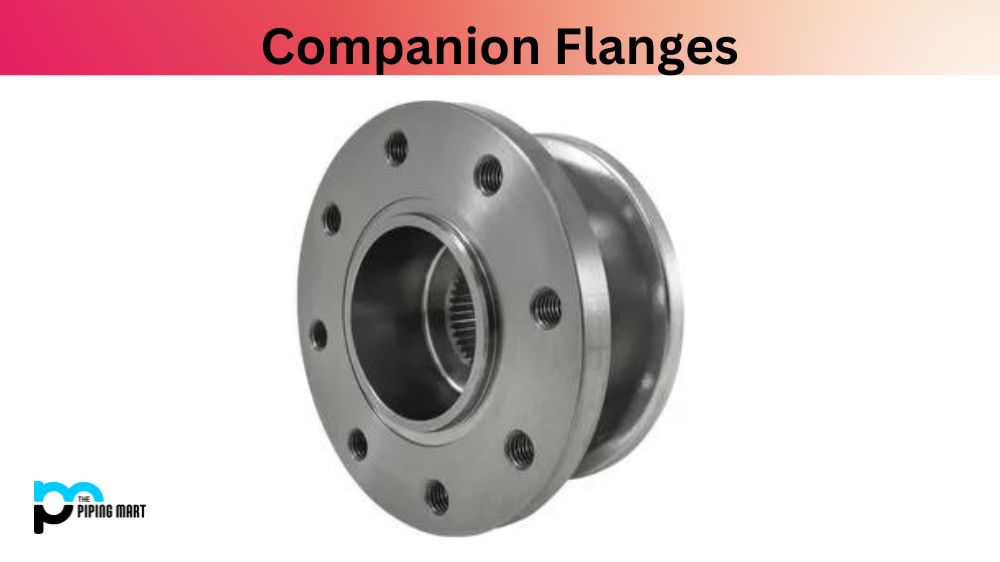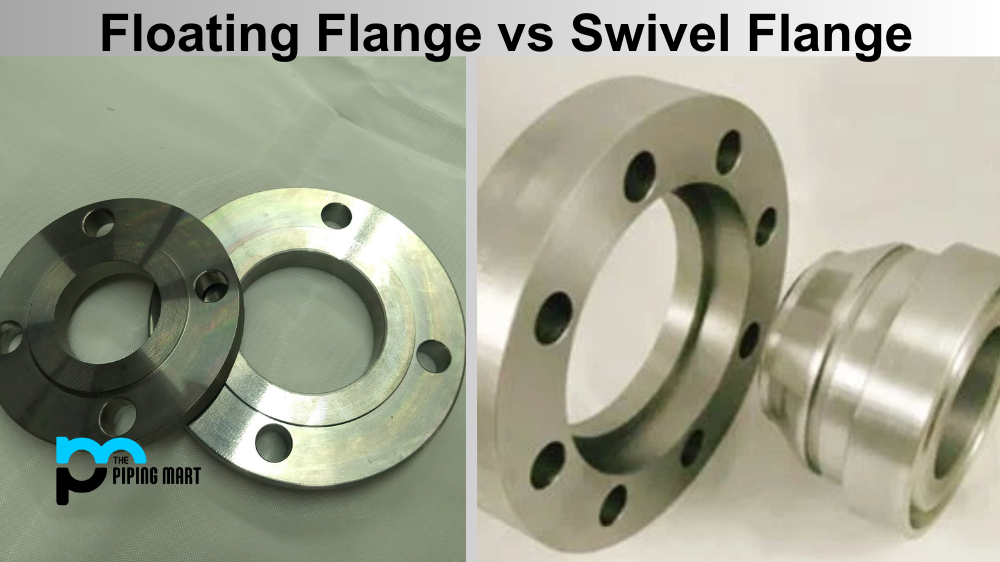Companion flanges are widely used across multiple industrial applications for connecting rotating equipment like pumps and motors to their respective shaft ends. However, companion flanges have their fair share of advantages and disadvantages, like everything in life. In this article, we will examine the pros and cons of using companion flanges in industrial applications.
What is Companion Flanges?
Companion flanges are pipe fittings that add strength to bolted connections. They consist of a companion flange and a stub end, which is welded on the pipe. This flange connection offers numerous benefits, such as adjusting easily without welding any additional support or braces. Additionally, companion flanges reduce cost by decreasing labour time and eliminating the need for additional bracing or construction materials.
Advantages of using Companion Flanges:
Easy to Install: One of the biggest advantages of companion flanges is that they are relatively easy to install. Since they do not require welding or threading, they can be installed and removed quickly, making maintenance and repairs much easier.
Provides Flexibility: Companion flanges provide flexibility when aligning the equipment. This is essential in applications with slight motor and pump shaft misalignments. Companion flanges can compensate for those misalignments to ensure smooth operation and reduce wear and tear on the equipment.
Dampens Vibrations: Companion flanges can help dampen vibrations that result from the operational forces generated by pumps and motors. This can significantly reduce the wear and tear of the equipment and prolong its operational life.
Disadvantages of using Companion Flanges:
Compared to other coupling options like couplings and universal joints, companion flanges are relatively expensive to purchase. This can be a significant disadvantage for smaller operations looking to decrease costs.
Limited Torque Capacity: Companion flanges are unsuitable for applications with high torque capacity. Since they are designed to be relatively small, they may need help to handle the high torque required by some industrial applications.
Requires Precise Alignment: While companion flanges provide some degree of flexibility in alignment, they still require careful alignment to ensure optimal performance. This can be time-consuming and complicated, especially for larger and more complex systems.
Conclusion:
As we have seen, companion flanges have advantages and disadvantages in industrial applications. While they are relatively easy to install, provide some degree of flexibility in alignment, and dampen vibrations, they may not be suitable for applications that require high torque capacity and can be expensive to purchase. Ultimately, the decision to use companion flanges will depend on the system’s specific requirements and the operation’s budget constraints. Regardless, it is important to carefully weigh the advantages and disadvantages of companion flanges before deciding.

Hey, I’m Krutik, a casual blogger expert in the metal industry. I am passionate about providing valuable information to my readers. With a background in engineering and construction, I like playing Cricket & watching Netflix shows in my free time. Thank you for visiting my blog, and I hope you find my information helpful!




